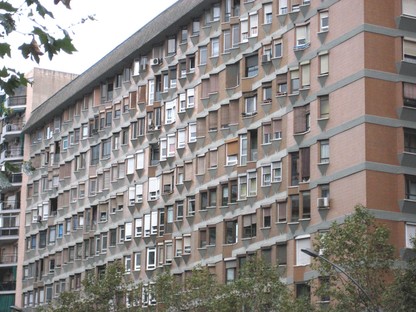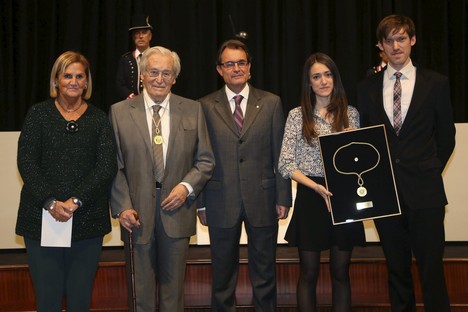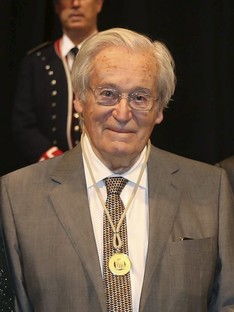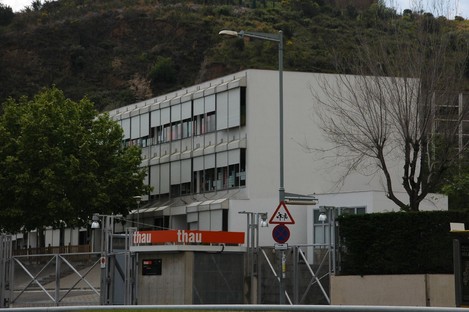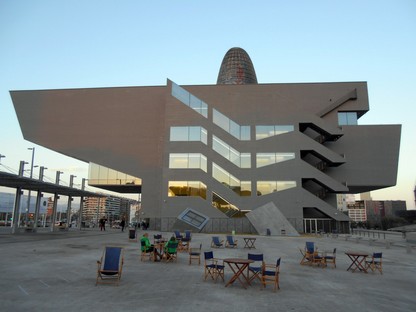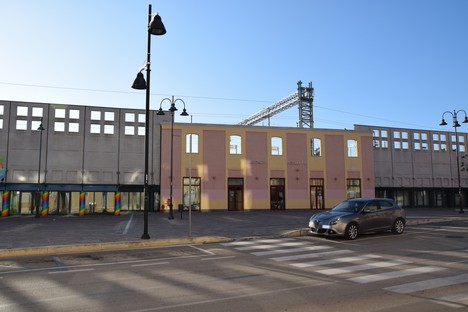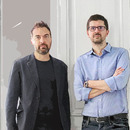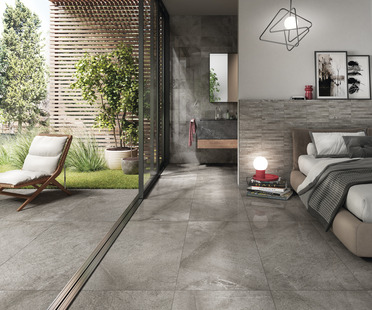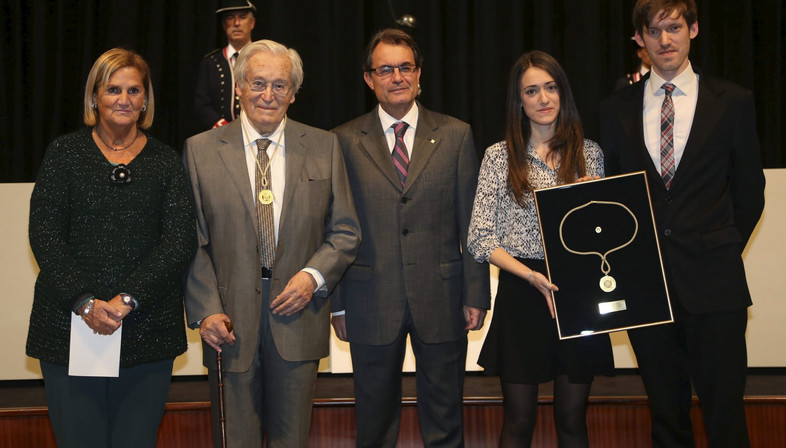 Architect Oriol Bohigas passed away on November 30, 2021. He would have turned 96 on December 20. Bohigas is often referred to as “el gran hacedor de la Barcelona moderna” (the great creator of today’s Barcelona), because he was the chief architect behind the large-scale transformation that made the Spanish city what it is today: a top destination of international tourism in Europe, a cosmopolitan city that ranks high in global classifications of liveable cities and for maintaining a good relationship between the natural and built environments.
Architect Oriol Bohigas passed away on November 30, 2021. He would have turned 96 on December 20. Bohigas is often referred to as “el gran hacedor de la Barcelona moderna” (the great creator of today’s Barcelona), because he was the chief architect behind the large-scale transformation that made the Spanish city what it is today: a top destination of international tourism in Europe, a cosmopolitan city that ranks high in global classifications of liveable cities and for maintaining a good relationship between the natural and built environments.Oriol Bohigas was born in Barcelona in 1925, into a progressive family whose curiosity, intellectual concern and social commitment he inherited. He began exercising this intellectual liberty early in life, maintaining a critical attitude toward the architecture and society of his times, expressed in his writings, projects and words. In an article published by EL PAÍS on December 1, critic Jordi Amato recalls that Oriol Bohigas "was a truly free man".
Oriol Bohigas graduated in 1951 with a degree from Escuela Técnica Superior de Arquitectura de Barcelona, the Barcelona School of Architecture. In the same year he founded Grupo R with other architects, beginning his career working with Josep Maria Martorell. Architect David Mackay joined the pair in the early sixties, and in 1962 the three of them founded "MBM Arquitectes", still active on the international scene. In the sixties and seventies the studio focused on the design of public buildings, constructing hospitals, schools, churches and civic centres all over Spain.
In parallel with his work with the studio, Bohigas also had a teaching career, first as professor at Escuela Técnica Superior de Arquitectura de Barcelona, where he himself had studied, and where he served as dean between 1977 and 1980, leaving the post only because he had been appointed Urban Planning Delegate for the City of Barcelona. This marked the beginning of his intense work for the Catalonian city, where Bohigas was able to implement the ideas he had already expressed in his writings concerning the architect’s social responsibility for urban transformation and his vision of the urban planner as an "organiser", a technician who manages to come up with a single plan reconciling all the needs of the community (including education, but also the inhabitants’ need for intellectual stimulation, leisure and sporting activities) with the need for mobility and productivity. His projects for Barcelona redeemed the city from the damages caused by earlier real estate speculation, restoring dignity to outlying districts by providing them with adequate infrastructure, improving the quality of public facilities in central areas, and restoring the waterfront to the people of the city, making it a case study for subsequent years.
In Italy, the architect’s name is associated with a number of urban planning projects such as the reconstruction of the area around the second railway station in Pescara, urban planning in Salerno, and a number of projects in Parma, including the redevelopment of the railway station area, as well as urban development of the waterfront in Mola di Bari.
(Agnese Bifulco)
All images courtesy of Wikipedia
Files are licensed under the Creative Commons Attribution-Share Alike 4.0 International license and others
Photos:
01 - Edificio Meridiana en Barcelona.Cataluña.España by MarisaLR
02 - Award ceremony of Medalla d’Or de la Generalitat de Catalunya by Generalitat de Catalunya
03 - Oriol Bohigas by Generalitat de Catalunya
04 - Escola Thau (1975) by Joan ggk
05 - Disseny Hub Barcelona. By Canaan
06 - Pescara Porta Nuova by Sayatek










